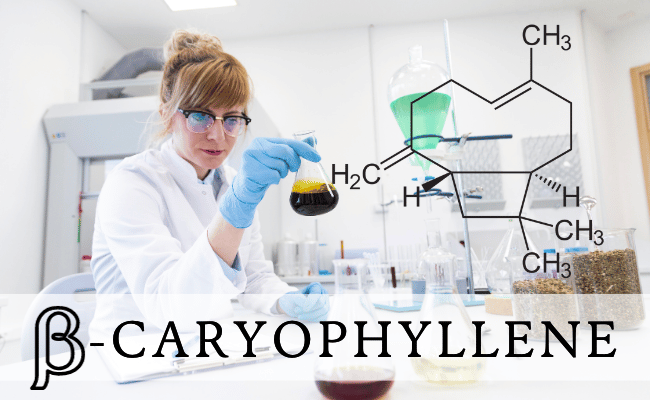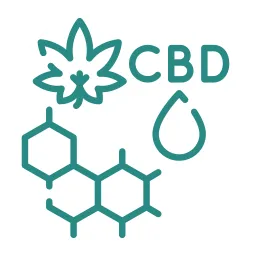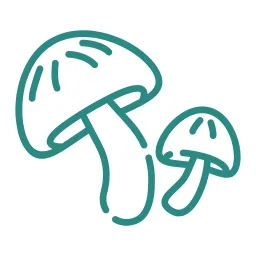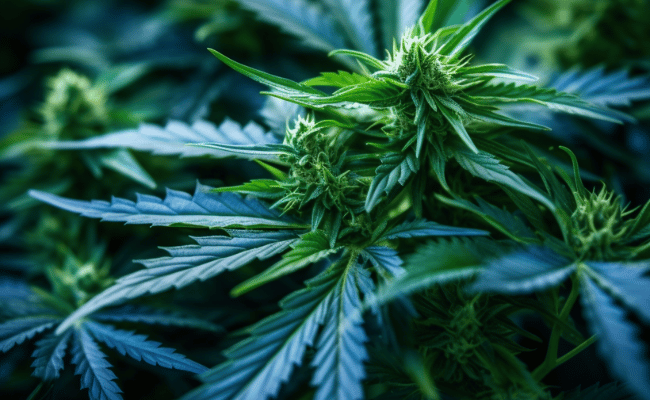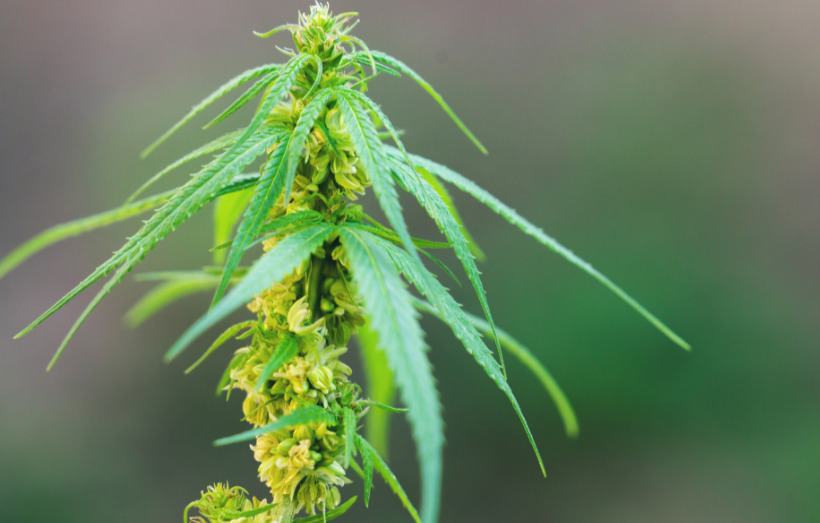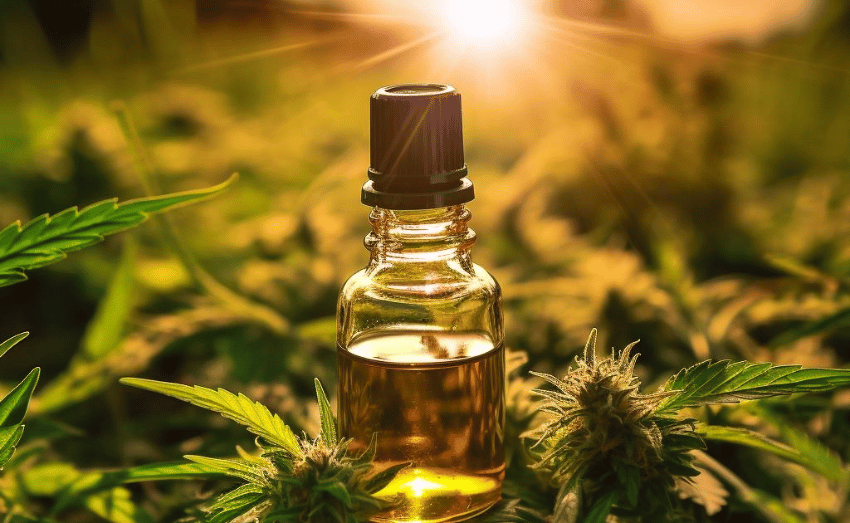Hello there! If you’ve been hearing the word ‘hemp’ buzzing around and are wondering what the fuss is all about, you’re in the right place. Let’s embark on a fascinating journey to uncover the mysteries and marvels of hemp. Ready? Let’s dive in!
- What Exactly is Hemp?
- Can Hemp Seeds Really Tackle Hunger?
- How Can Hemp Combat Deforestation?
- Is Hemp Really a Soil Superhero?
- The U.S. Government and Hemp: A Twist in the Tale?
- Hemp’s Connection with Cars – A Historical Rendezvous
- The Building World’s New Best Friend: Hempcrete
- Beauty and Hemp – A Match Made in Heaven?
- The Fashion World’s Green Statement with Hemp
- The Bees Thank Hemp
- Conclusion
- FAQs
What Exactly is Hemp?
Simply put, hemp is a variety of the Cannabis sativa plant. But, don’t let that intimidate you. Unlike its famous cousin marijuana, hemp won’t get you ‘high’.
Why? Because hemp contains a tiny amount of THC (the stuff that gives the high in marijuana). It’s rich in another compound called CBD, which has numerous potential health benefits but no psychoactive effects.
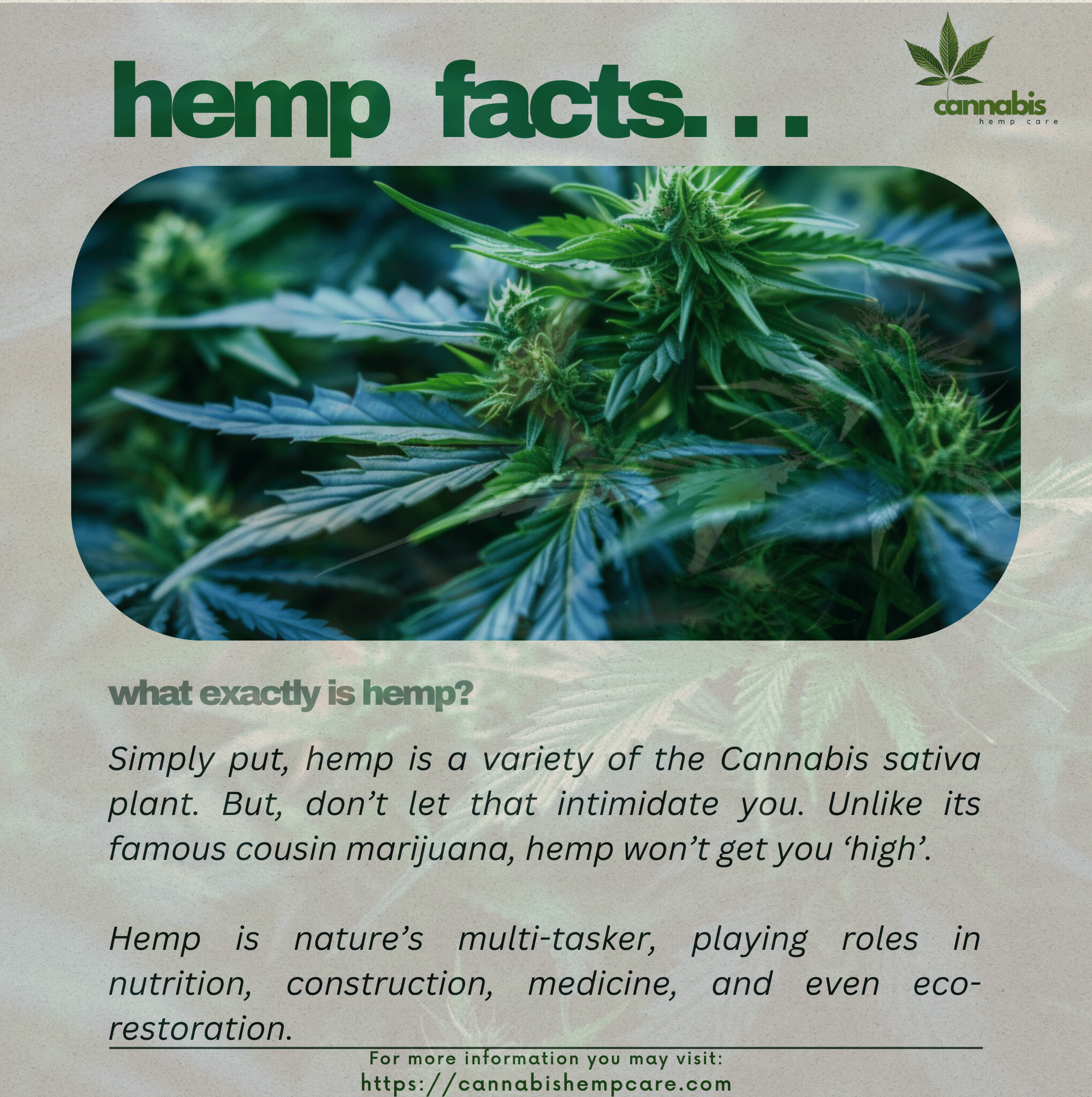
Can Hemp Seeds Really Tackle Hunger?
You bet! Hemp seeds are nothing short of a nutritional superhero. These little seeds:
Are packed with essential fatty acids, which are beneficial for heart health.
Contains vitamins such as A, B, D, and E.
Offer a protein punch, comparable to some meats.
Fun Fact: A study from the Journal of Agricultural and Food Chemistry revealed that hemp seeds are a complete protein source, something that’s quite rare in the plant world!
How Can Hemp Combat Deforestation?
Hemp has a secret weapon: its rapid growth rate. In the race against deforestation, hemp could be our silver bullet. Here’s why:
- Hemp matures in just four months. In comparison, trees can take decades!
- It can be turned into paper, clothing, and even building materials.
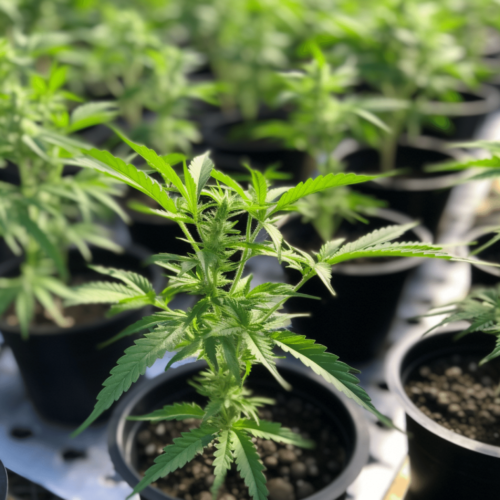
Is Hemp Really a Soil Superhero?
Absolutely! One of hemp’s coolest features is its ability to clean up our mess. Through a process called phytoremediation, hemp plants can suck up toxins, pollutants, and even heavy metals from the soil. Think of hemp as Mother Nature’s very own vacuum cleaner!
The U.S. Government and Hemp: A Twist in the Tale?
Here’s a fun plot twist: for a period during World War II, the U.S. government actually encouraged farmers to grow hemp. This versatile plant was used to make ropes, fabric, and other essential wartime supplies. Quite the change from its previously misunderstood reputation!
Quick Tip: Curious about hemp’s history in the U.S.? Check out the 1942 film “Hemp for Victory” produced by the USDA. It’s an eye-opener!
Hemp’s Connection with Cars – A Historical Rendezvous
Have you ever imagined cars being intertwined with hemp? Well, history surprises us often.
Did you know? The iconic Henry Ford built a car partially made from hemp in 1941. Its purpose? Demonstrating the durability of hemp and its potential to replace metal.
Why Hemp in Cars?
Hemp fiber, when processed, becomes tougher than steel. This not only offers potential for safety but also reduces the vehicle’s weight, leading to better fuel efficiency.
The Building World’s New Best Friend: Hempcrete
If you’re interested in eco-friendly construction, meet ‘Hempcrete’.
- A blend of hemp hurds, lime, and water, this material is giving concrete a run for its money.
- It’s mold-resistant, pest-resistant, and breathable. It’s like building a home with nature’s own Lego bricks!
Architect’s Insight: Renowned sustainable architect, Bob Escher, claims hempcrete could be a game-changer for eco-friendly construction.
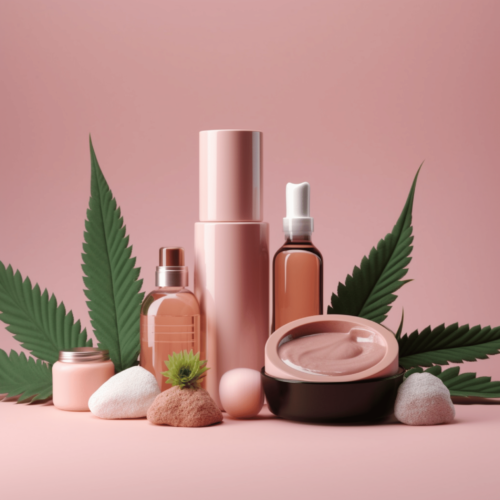
Beauty and Hemp – A Match Made in Heaven?
In the realm of skincare and cosmetics:
Hemp oil, loaded with Omega-3 and Omega-6 fatty acids, is emerging as a sought-after ingredient for hydrating and rejuvenating skin.
From lotions to lip balms, the beauty industry is embracing hemp with open arms.
Dermatologist’s Take: Dr. Zoe Draelos, a notable dermatologist, states that hemp seed oil’s anti-inflammatory properties can be beneficial in soothing skin conditions like eczema.
The Fashion World’s Green Statement with Hemp
Not just a utility, hemp is making waves in fashion!
- Sustainable, durable, and eco-friendly, hemp fabric is increasingly popular among conscious brands.
- Hemp clothes are not just sustainable but also breathable and UV-resistant. A win-win!
Fashionista Alert: Stella McCartney, a trailblazer in sustainable fashion, has been incorporating hemp into her collections.
The Bees Thank Hemp
In a world where bee populations are plummeting, any savior is a welcome one. Hemp crops, flowering late in the season, offer a valuable pollen source when many other plants have stopped producing.
Ecologist’s Perspective: Dr. Sarah McTish, an agroecologist, believes cultivating hemp could aid in the crucial conservation of our dwindling bee populations.
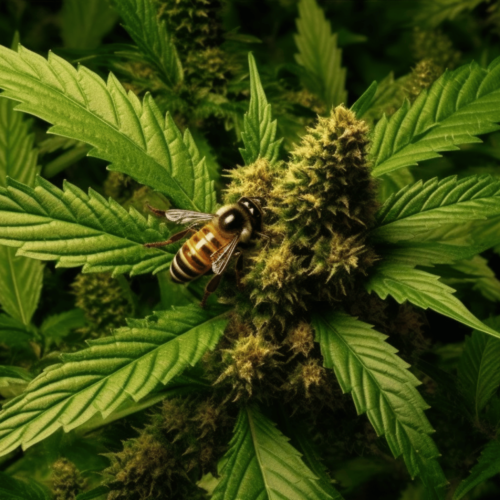
Conclusion
Hemp is nature’s multi-tasker, playing roles in nutrition, construction, medicine, and even eco-restoration. As we continue to explore its potential, who knows what other surprises this green gem might have in store? Stay curious and hemp-enthusiastic!
FAQs
What is the most common use for hemp?
Hemp is primarily utilized for its fibers, seeds, and oil. Its fibers are used in textiles, papers, and building materials, while its seeds and oil are consumed for their nutritional benefits.
How would you describe hemp?
Hemp is a fast-growing plant species from the Cannabis genus. It’s distinguished by its long stems, slender leaves, and hardy nature. Unlike marijuana, hemp has minimal THC content, making it non-psychoactive.
What was the original use of hemp?
Historically, hemp’s primary use was its fiber, which was employed to create ropes, sails, and clothing. Archeological evidence indicates its utilization for textiles dates back over 8,000 years.
Where does hemp come from?
Hemp has ancient origins in Central Asia and has since been cultivated worldwide. Today, it’s grown in various regions, including Europe, Asia, and the Americas, due to its adaptability and diverse uses.
What is the source of hemp fiber?
Hemp fiber is derived from the stalk or stem of the hemp plant. The outer layer of the stalk consists of long, durable fibers, while the inner portion, known as the hurd, is more woody and cellulose-rich

